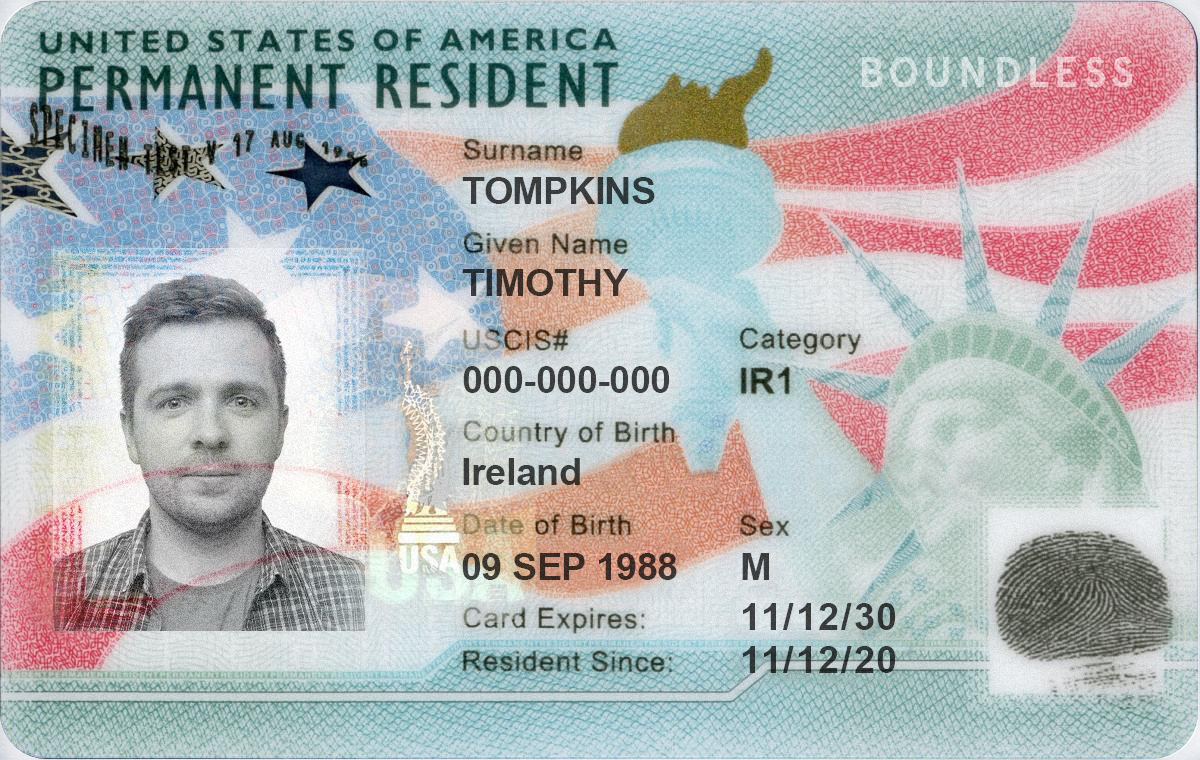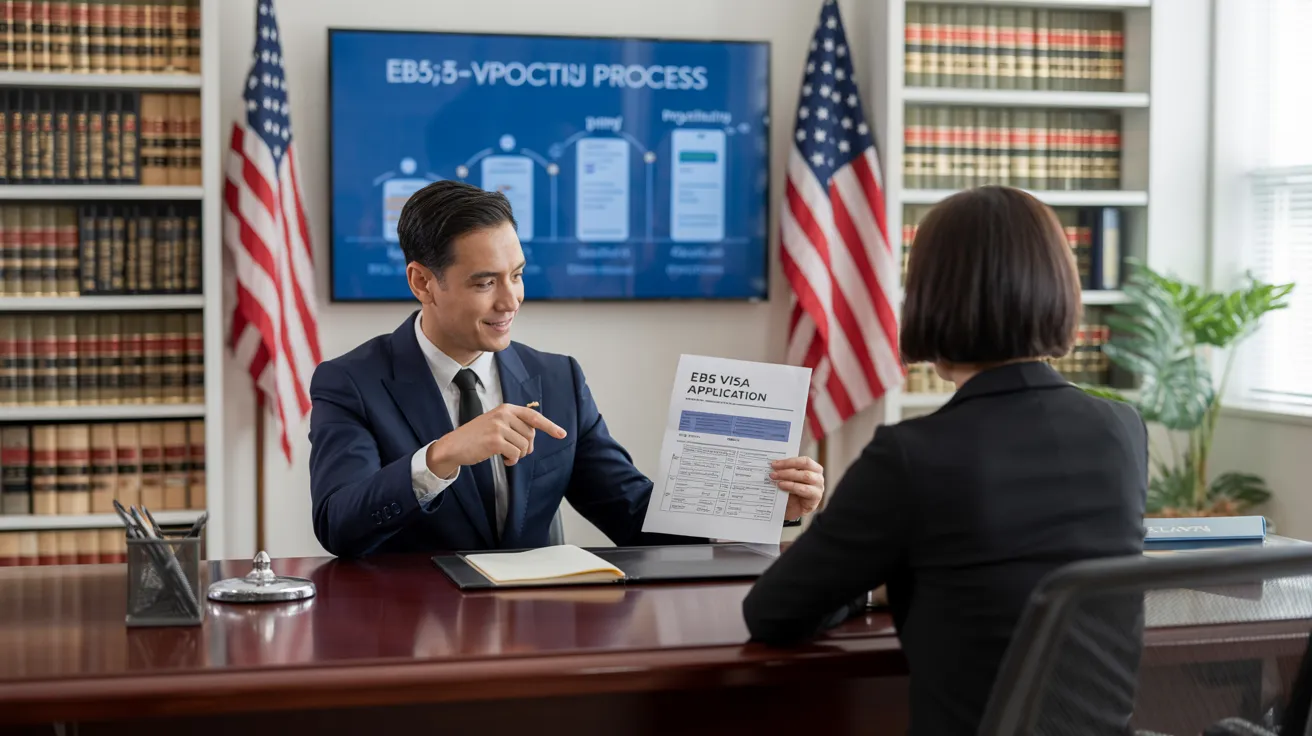Some Known Details About L1 Visa
Table of ContentsSee This Report on L1 VisaThe Basic Principles Of L1 Visa The smart Trick of L1 Visa That Nobody is Talking AboutL1 Visa Things To Know Before You Get ThisThe Only Guide to L1 VisaThe 8-Minute Rule for L1 Visa
Available from ProQuest Dissertations & Theses Global; Social Science Costs Collection. DHS Office of the Assessor General. Recovered 2023-03-26.
United State Division of State. Recovered 2023-02-08. Tamen, Joan Fleischer (August 10, 2013).
L1 Visa Can Be Fun For Everyone
In order to be qualified for the L-1 visa, the international company abroad where the Beneficiary was employed and the U.S. company must have a qualifying partnership at the time of the transfer. The different kinds of certifying relationships are: 1.
Firm A has 100% of the shares of Company B.Company A is the Parent and Business B is a subsidiary. There is a certifying relationship in between the 2 companies and Business B should be able to fund the Beneficiary.
Example 2: Company A is integrated in the U - L1 Visa.S. and intends to petition the Beneficiary. Company B is included in Indonesia and employs the Beneficiary. Firm An owns 40% of Business B. The continuing to be 60% is possessed and regulated by Firm C, which has no relationship to Business A.Since Firm A and B do not have a parent-subsidiary partnership, Business A can not sponsor the Beneficiary for L-1.
Example 3: Company A is incorporated in the U.S. and intends to seek the Recipient. Business B is included in Indonesia and utilizes the Recipient. Company A possesses 40% of Business B. The remaining 60% is owned by Business C, which has no connection to Company A. However, Business A, by official arrangement, controls and full takes care of Firm B.Since Business A has less than 50% of Company B yet manages and controls the business, there is a certifying parent-subsidiary connection and Firm A can sponsor the Recipient for L-1.
The smart Trick of L1 Visa That Nobody is Discussing
Firm B is incorporated in the U.S.
L1 Visa Things To Know Before You Buy

The L-1 visa is an employment-based visa group developed by Congress in 1970, enabling international companies to move their supervisors, execs, or essential workers to their united state operations. It is commonly referred to as the intracompany transferee visa. There are 2 main sorts of L-1 visas: L-1A and L-1B. These kinds are ideal for staff members hired in various positions within a business.

In addition, the recipient should have operated in a supervisory, executive, or specialized staff member setting for one year within the 3 years coming before the L-1A application in the foreign business. For new workplace applications, foreign work should have been in a managerial or executive capability if the beneficiary is coming to the USA to work as a supervisor or exec.
The Only Guide to L1 Visa

If granted for an U.S. firm operational for greater than one year, the initial L-1B visa is for approximately three years and can be extended for an extra two years (L1 Visa). Alternatively, if the united state business is recently established or has actually been operational for much less than one year, the first L-1B visa is provided for one year, with expansions offered in two-year increments
The L-1 visa is an employment-based visa group developed by Congress in 1970, permitting international business to move their managers, execs, or crucial personnel to their U.S. procedures. It is generally referred to as the intracompany transferee visa.
Indicators on L1 Visa You Should Know
Additionally, the recipient has to have functioned in a supervisory, exec, or specialized staff member setting for one year within the 3 years preceding the L-1A application in the foreign firm. For brand-new workplace applications, foreign work has to have remained in a supervisory or executive capability if the recipient is coming to the United States to work as a manager or exec.
for as much as seven years to oversee the operations of the U.S. associate as an executive or supervisor. If provided for a united state business that has actually read more been operational for even more than one year, the L-1A visa is initially approved for approximately 3 years and can be extended in two-year increments.
If granted for an U.S. business operational for greater than one year, the preliminary L-1B visa is for up to three years and can be extended for an additional 2 years. Alternatively, if the U.S. business is newly established or has actually been functional for less than one year, the initial L-1B visa is released for one year, with extensions readily available in two-year increments.